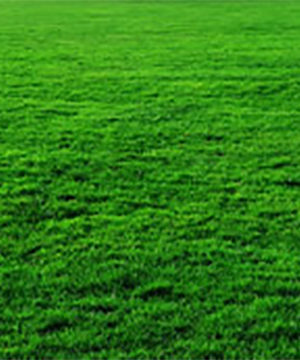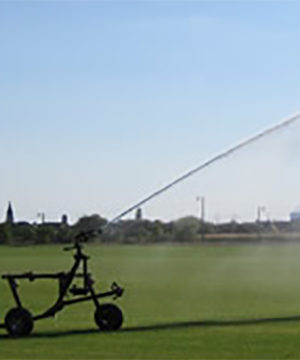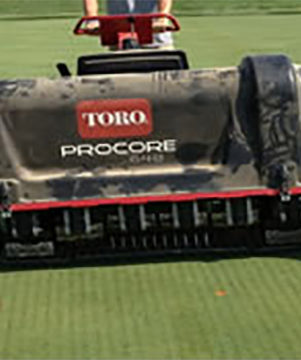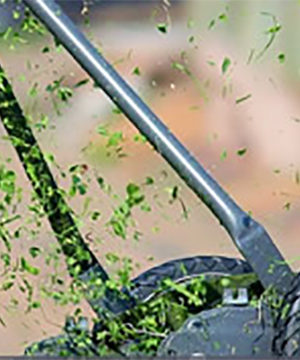This website is intended to help university Extension professionals, athletic fields managers, coaches, golf course superintendents, homeowners, landscapers, lawn care operators, master gardeners, public gardens directors and other enthusiasts managing turfs in Tennessee. Information about each species of turfgrass maintained in the state can be accessed by clicking on the turfgrass selection button below. The turfgrass establishment component of this website focuses on effective seeding, sodding, plugging and sprigging methods. Recommended turfgrass cultural practices including aerifying, dethatching, fertilitzing, irrigating, liming, mowing, rolling and topdressing are discussed in the turfgrass maintenance unit. Tips for renewing a weak and weedy turf are presented in the turfgrass renovation section. Links to information regarding turfgrass diseases, insects and weeds, and their control, are also provided.
Please click below to find out more about turfgrass:



